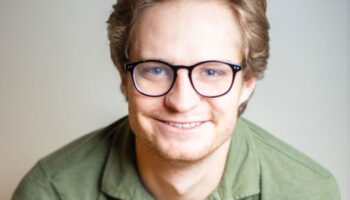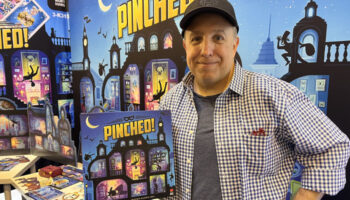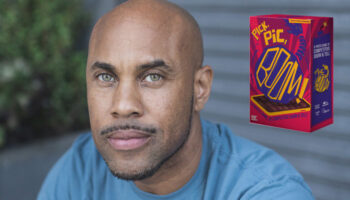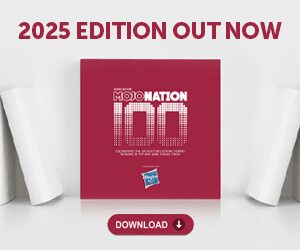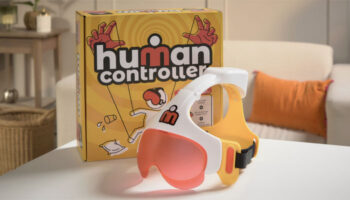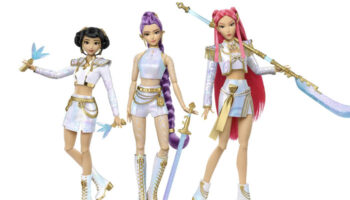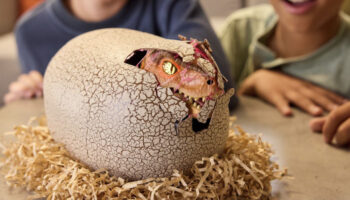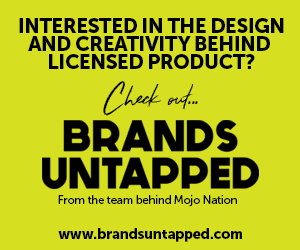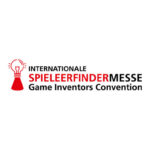It’s a kind of magic: Moose Toys stalwart Ross Monks talks Scruff-a-Luvs, creativity and tricks of the trade
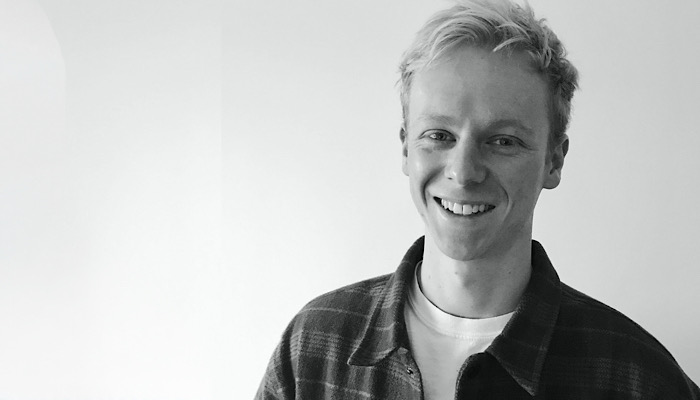
I’ve been meaning to interview you for years, Ross – literally years! For the uninitiated, who are you and what do you do?
Hi! I’m Ross Monks and I’m a Product Designer here at Moose Toys. I work as part of the UK design and development team. During my time at Moose, I’ve worked on brands such as Magic Mixies, Cookeez Makery and, most recently, Scruff-a-Luvs.

And Scruff-a-Luvs are doing well, I understand, after the relaunch…
Yes, we relaunched the brand this year to great success. Actually, Scruff-a-Luvs was the first big brand that I got to work on when I joined the team back in 2018, so it’s been an absolute pleasure to have played a big part in the relaunch. It’s a collaborative effort so I look after the design engineering and the plastic parts, working with the rest of my team here who wrangle the plush.
And for the uninitiated, what is a Scruff-a-Luv?
A Scruff-a-Luv is a mystery plush pet that needs your help to be rescued! You’ve got to wash this scruffy little ball of fur to reveal which animal it is – a puppy, kitten or bunny… Once you’re done washing and drying, it needs a good brush. So under your care, the toy goes from scruffy to fluffy.
From scruffy to fluffy! Love that! And there’s quite a lot going on, isn’t there? Because in order for that ball of fur to hold its shape, it’s coated in the most remarkable compound…
Yes, it’s a water-soluble compound and a totally unique thing to us. During the washing process, water causes the compound to break down so that your Scruff-a-Luv can reveal itself. Then, when it’s dry, your plush is ready for you to give it a brush to bring it back to its best.
It really does go from scruffy to fluffy. And in terms of the relaunch, what’s the difference between the original Scruff-a-Luv and the new version?
Actually, I think one of the reasons why the brand relaunch has gone so well is because you still get exactly the same piece count as you did in the original: a carrier, collar, comb, hair accessory and a plush, but we’ve managed to improve the design and quality of all the elements while keeping the same great price of £20. We really evolved the old throw-away packaging into a gorgeous new pet carrier to keep your rescued Scruff in… It has all the same great play and accessories as before and, of course, the plush – which we’ve really levelled up, adding more shape, personality and variation. It is so much cuter now!
More personality and variation? Tell me more…
The original Scruff-a-Luvs had a very classic and simple plush construction, almost like a traditional teddy bear. The new range has far more sculpted forms and expressive poses. This one really looks like a puppy standing, for example, and this one like a kitten sitting.
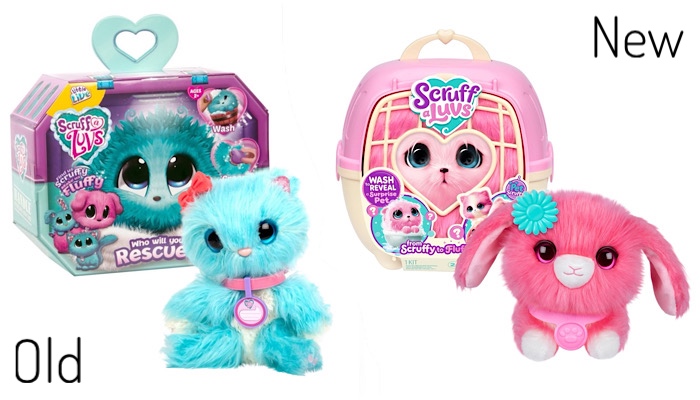
Oh, wow! I’ll put a picture of the two types here so people can see the difference. Tell me more about that new pet carrier and how that changes what people see on shelf…
Right. Originally, Scruff-a-Luvs were packed in a cardboard box with this lovely furball graphic on the front. We’ve really taken it to another level with the relaunch, though! Instead of the printed box, we now have a fantastic shiny pet carrier with a lovely two-tone finish, a little folding handle at the top. And what’s really lovely is that you can see and feel the real fur poking through the front of the carrier door – it gives the product such a tactile, irresistible presence on shelf.
This is for the same price as the original? £20? I don’t see how that’s possible!
Yes! This time around, you’re getting a much higher-quality plush and a really beautiful carrier that can be used again and again after the washing and un-balling process. We worked really hard to ensure the re-launch was a thoughtfully improved version of the original. We learnt so much from the previous years on the brand, so this redesign is something we’d been desperate to do for a while and bring all we knew into play.
I’m loving this! Now… Some of the other products you mentioned show off Moose’s capacity to invent magic tricks that – first – are so toyetic that they don’t look like magic tricks… And second, are so cleverly thought out that the magic trick fools the performer!
Like Magic Mixies, you mean?
Magic Mixies, My Puppy’s Home, Cookeez Makery, Little Live Pets Mama Surprise… I think they’re amazing because fooling the person that’s doing the effect is an outrageous demand of a magic trick! And yet nobody on the team there is a magician, are they?
No, and I don’t have clear-cut explanation for you on how that process works! What I would say is that the starting point is never a magic trick… We never start by saying we could adapt this trick or that trick, or use a particular technology. Instead, we always start with a concept: a play pattern or a play process… For example, Magic Mixies is obviously based on a core play pattern for most kids: making potions!

I think James Austin-Smith has talked to you about this before, and I’m sure you did that play pattern as well when you were younger, Deej… At some point, you would’ve got a glass or a bottle from the kitchen and put shampoo in it with all the hand soap and the washing up liquid and some salt and ketchup and mixed it all together, pretending you were making a magic potion.
I did it this morning, Ross! Never mind when I was younger… I’d still be doing it now if we hadn’t scheduled a call! Ha!
Ha! Well, that’s such a core bit of role play for kids – and for you – but it’s not something toys usually make easy. The Magic Mixies Cauldron does it brilliantly, because it takes that familiar role play and actually facilitates it by giving the experience structure, purpose and reward. Similarly, the Cookeez Makery oven is based on a very core role play. A lot of kids bake with their parents or grandparents, or at school. So the magic trick at the end is a byproduct of the process we’re trying to replicate.
Yes, yes! And for context, with Magic Mixies you follow a process of mixing ingredients in a cauldron to produce a toy. With Cookeez Makery, you make dough, put it in an oven, wait for the timer… Then – lo and behold – a plush cake comes out of it!
Exactly right. The plush is warm too and smells like freshly baked bread! Something else I’ll say is that, after we’d done the cauldron and the oven – and after a couple of conversations with you, actually – we’ve become more aware of magic tricks. So I’ve since looked into other magic tricks and wondered where we could we utilise them… But just never as a starting point.
Fascinating. And as someone who invents magic tricks, and writes routines for comedy magicians, I have a similar approach: the trick is secondary to a presentation or a gag… So! In terms of developing these non-magic magic tricks, what tends to be the biggest challenge with them?
Probably when we actually have to start making them… When we go from a concept on the page to a model that aims to demonstrate we can actually make this idea a reality. That’s a challenging stage in its own right… At this point, we’re just working with foamcore prototypes, which probably gets us about 60% of the way to knowing whether an idea will actually work. Then, during the development, refining and manufacturing, the other 40% of challenges come into play. And I don’t know if you see it this way, Deej, but I think it then becomes more about problem solving which is still creative work, but in a different way.
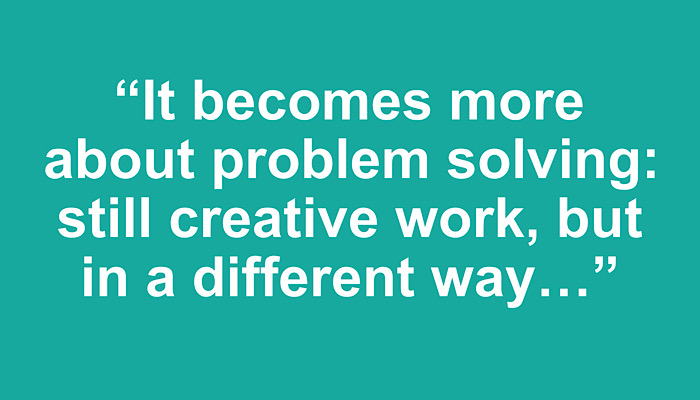
Oh, that’s a really interesting question. I often think people don’t get celebrated for problem solving in the same way others are celebrated for ideating. What’s your view on that? Do you think problem solving needs the same skill set as ideating?
I think ideation has its own problems to solve but in development we face totally different puzzles, so the problem solving still uses that same part of your brain, yes; the creative aspect that looks for possibilities to find solutions. But I’d say it requires a slightly different skill set and leverages different knowledge and experiences. Problem solving for development, in my opinion, is more about navigating constraints to make something work – creatively and technically – within certain boundaries. It’s still creative, just in a more focused, applied way.
That’s interesting; I’d never thought about that. In the past, I’ve wondered if problem solving is exactly the same as ideation but with many, many, many more limitations already in place…
Yes!
…you’ve got to solve a very specific thing. There’s no point in brainstorming and saying, “Anything’s possible! Blue-sky thinking!” because the limitations are so tremendous… You know? How do we do this exact-same thing without spending thruppence on a spring?
I think you’re 100% right, Deej! We’ve had so many instances of that: you have to solve a problem but there’re so many real-world limitations on what you can add or take away; how many parts it can be, how much this material costs vs that one… So yes, I’d say you hit the nail on the head there.
Well, maybe… What I’d love to see is an experiment in which scientists scan people’s brains when they’re having ideas and then again when they’re solving problems. I’d love to see if the same areas of the brain light up! But tell me: How do you stay creative Ross?
It’s a cliché to say it, but I do think that creativity’s a muscle. You’ve got to keep working it otherwise you stagnate. Obviously, being in this environment helps because there’re always new stimuli… But yes, it’s about talking to people and seeing stuff; about being open to so much inspiration out in the world. I try to stay off it, but social media is a good example: anything where you can see fun, weird or interesting things happening so that you can pick up all those little nuggets of information and take bits of inspiration for creativity. Occasionally, you might have a really natural moment out in the wild, but I also think you have to stay at it and you’ve got to work.
Of which, Ross, how did you come to be doing this? What’s your background?
I studied product design at Plymouth University. In truth, I never really wanted to leave Cornwall, but Plymouth was the closest large university that did a product design course. While we were at uni, we were all told that if we wanted to be designers, we had to work for a big agency or consultancy – which tended to be in London. But I knew that wasn’t for me; I’m not a city person. So I left uni asking myself what I should do. My parents suggested I work with my dad, with whom I’d been working since I was a teenager – he’s a landscape gardener.
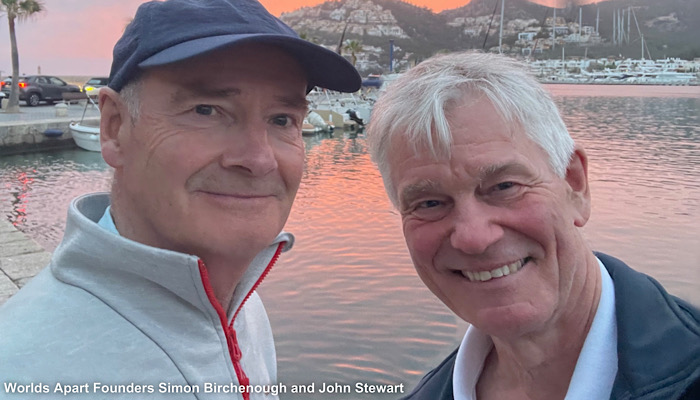
Oh, wow! That’s amazing! Not entirely you, though?
Exactly. It’s honest work, but it wasn’t my dream. I’m a creative person by nature and I wanted to develop products and work on ideas. I did a few engineering jobs until my girlfriend at the time – now my wife – saw an advert on Indeed for a designer… Specifically one for light-furniture goods, tents and the type of products that Worlds Apart were doing because it wasn’t Moose at that point. I think I was one of the last people to join the UK office when it was still Worlds Apart: I joined as a Junior Product Designer in August 2018 just two months before we became Moose!
And that opportunity was local?
Yes, I was very lucky! At the time, I was living 20 minutes down the road. I never even knew the place existed until I looked at the job application. Then it turned out the daughters of one of the owners were in the same year as me at school! Anyway, I applied for the job. The interview process wasn’t straightforward for me… I got sent a brief to complete, but it went straight to my junk folder. After I found it, I handed it in late. Luckily, they still gave me a chance! The interview was also quite rigorous: they bought me in for a whole-day interview – I was very lucky to get the job.
No luckier than they were to get you, Ross. Just one thing: You said earlier, “I’m a creative person by nature…” We’ve discussed problem-solving and creativity, but I’m curious… Are you at any point consciously aware that what you’re doing to be creative is a technique? Or is it all instinct and drive?
That’s a very interesting question. I think it can be both – in fact, in a business where you have to deliver as a product designer, I think it has to be both. I say that because we have tasks and deadlines and such, and there are so many times when you have to consciously engage your creativity.
You can’t afford the luxury of sitting back and hoping the muse visits…
Right. You have to be able to conjure it at a moment’s notice, whether that’s in a brainstorm or solving a specific development problem within the next few weeks. Then again, I think every designer also has to have that unconscious spark. For example, when you see somebody interacting with something and it’s an immediate feeling: ‘There’s a toy in that!’ or ‘There’s a solution to a problem there.’

Does an example of that conscious and unconscious balance come to mind?
One does come to mind from when I was at university. We were asked to make an item for the gift shop in the National Marine Aquarium in Plymouth. We had to go to the aquarium and gather insights. Most people were just going around the gift shop, researching what was already there: keychains, stationery, plush toys – the kind of paraphernalia you find in gift shops. More or less intuitively, I went around the actual aquarium. I remember watching how kids interacted with the exhibits – so many of them would rush straight up to the glass and press their hands and face against it. It made me realise how little you can actually touch or engage with at the aquarium.
But the kids wanted to get as close as they could…
Yes! They want to get close to things; they want to be tactile. And in that moment, I thought that what I needed to create was something that kids can physically hold and interact with. I ended up creating a wooden, one-to-one scale tiger shark jaw that actually opened. I learned quite a lot about tiger sharks, too! That was an example of consciously choosing to explore the aquarium, but then unconsciously observing something that sparked an insight, just by watching how people naturally engaged with the space.
Love it! Well, this has been enormous fun – well worth the wait; thank you for making time. To wrap things up, tell me: What’s the most interesting object on your desk?
Hmmm. I have two desks – one at home and one in the office. The most interesting thing on my work desk would be some model prototypes. But they’re forever changing so I can’t really pick one thing!
It’s a carousel of novelties…
Ha! Yes!
That’s a good title for your autobiography, Ross! ‘A Carousel of Novelties: The Ross Monks Story’… And your desk at home?
On my desk at home, I have one of the original Scruff-a-Luvs. Actually, the team gave it to me when I finished my six-month probation period as a reward to say, “Well done! You’ve passed; we’ll keep you!” So I keep that on my desk as just a reminder of where I started.
Brilliant. Ross, I can’t tell you how much I’ve enjoyed chatting. Thanks so much for making time.

–
To stay in the loop with the latest news, interviews and features from the world of toy and game design, sign up to our weekly newsletter here




